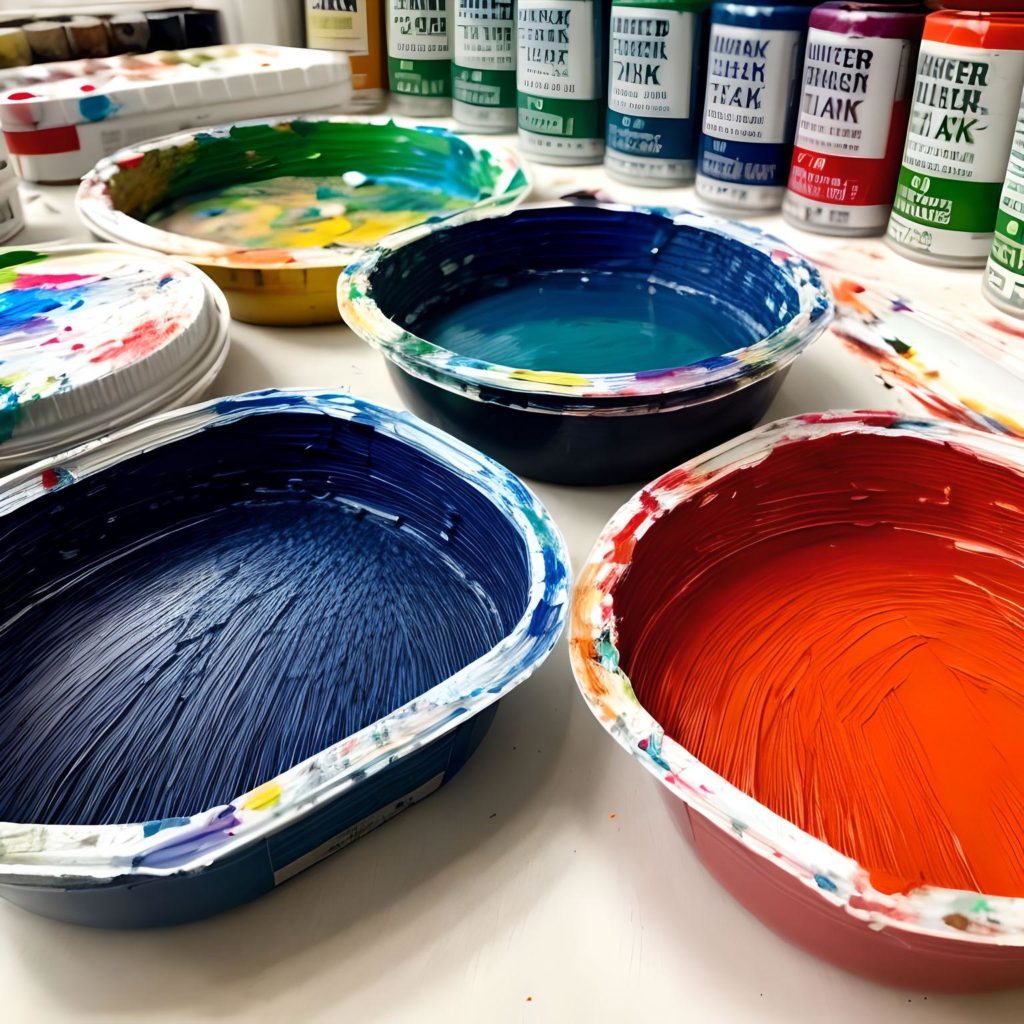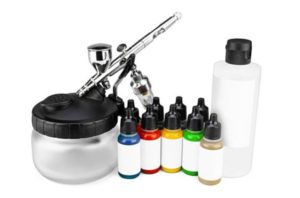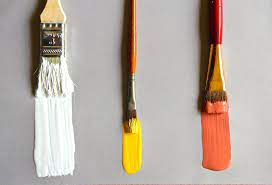
A Complete Guide on Difference Between Acrylic Paints and Oil Paints
Each brushstroke on a canvas tells a story, and the artist’s narrative palette is set by the choice of oil or acrylic paints. Each medium tells a different story on the canvas, from the quick, contemporary melodies of acrylics to the eternal, patient symphonies of oils.
Introduction
In this guide we will walk you through the difference of oil paint and acrylic paints with some tips and tricks to help you guys create magic.
Acrylic Paint:
The fluid runners of the art world are acrylic paints. Acrylics, which have a water-based formula and an incredibly quick drying time, are the preferred medium for artists who like to work quickly and experiment bravely. These paints provide vibrant colors, and numerous uses, and are ideal for those looking for a modern, dynamic artistic experience.
Oil Painting:
On the other hand, oil paintings represent the meticulous artisans who embrace the exquisite beauty of time. Oil paints are created by suspending pigment particles in rich oil mediums, and they invite artists into a world of depth, texture, and age-old tradition.
What makes acrylic paint and oil paint different?
Acrylic paint is supposedly less resilient than oil paint. While acrylic paintings might require varnishing for additional protection and longevity, oil paintings can last for years with only minor color changes. Oils produce a more durable surface over time because they dry slowly, creating an even stronger connection with the canvas.
Related Articles : Difference between acrylic paint and gouache paint.
Drying Time and Composition
One of the primary contrasts between oil and acrylic paints is the formula and drying time.
Acrylic paint:
Acrylic paints are composed of water. They are renowned for their quick drying times, which can vary from minutes to hours depending on elements like thickness, moisture, and temperatures. Because of the quick drying time, artists can more easily layer colors and create complex compositions.
Oil Paint:
On the other hand, oil paints are made up of pigments suspended in linseed oil or a similar medium. They dry much more slowly, taking days to weeks to completely dry depending on the consistency of the paint. This slow drying time is a double-edged sword: it allows for longer working periods, but it also necessitates patience before adding additional layers.
Blending and layering
Acrylic paint:
Because acrylic paints dry quickly, artists can layer colors quickly and easily. This requires artists to work quickly to blend colors directly on the canvas. Artists frequently use acrylic glazing techniques to achieve soft transitions or subtle gradients, diluting the paint with water or a glazing medium to achieve the desired effects.
Oil Paint:
Because of their longer drying time, oil paints allow artists to blend and control colors on the canvas for a longer period of time. This makes intricate details, slight transitions, and effortless gradients easier to achieve. As the layers and textures are gradually added, artists can work on their pieces over a period of days.
Related Articles : What research says about oil paint
Durability and longevity
For artists and collectors who are concerned about preserving their art, the longevity and durability of a painting are crucial considerations.
Acrylic paint
Acrylic paint is relatively durable because it does not yellow or become brittle over time. They may, however, be more prone to tearing if the paint is applied too thickly without adequate preparation. Acrylic paintings should be varnished to prevent UV exposure and other environmental factors from damaging them.
Oil Painting:
Oil paintings have had a reputation for being durable and long-lasting. They can last for ages without deteriorating in color or cracking. Oil paintings are less prone to atmospheric damage and can withstand the test of time, making them a popular choice for creators aiming to create heirloom-quality pieces. And is medically save to skin.
Tips and tricks for oil painting
- Workspace: Create a properly ventilated workspace with adequate lighting.
- Sketch or under paint: To establish your layout and values, begin with an initial sketch or underpainting. This serves as a blueprint for your painting.
- Layering: Start with light paint layers and work your way up to thicker ones. This method allows for on-the-fly adjustments and corrections.
- Patience: It takes time for oil paint to dry. To avoid blending and muddiness, let coats dry before adding new ones.
- Experiment: Don’t be afraid to try out new methods, looks and surfaces. Your artistic growth depends on your willingness to experiment.
- Wet-on-Wet: Create smooth transitions by blending wet paint directly on the canvas.
Tips and tricks for acrylic painting
- Painting surface: prime your surface before painting. Acrylics can be used on many different surfaces, which may include; glass, canvas, wood, and paper.
- Dry-Time: Acrylics dry quickly, use a palette with a lid to cover the remaining paint.
- Blending: To achieve smooth transitions and gradations, play with blending techniques such as wet-on-wet and wet-on-dry.
- Layering: Layering your acrylic paintings can add texture and depth. Let the paint dry completely before applying another layer to it.
Final words
On an artist’s canvas, oil, and acrylic paints stand as distinct palettes, each offering a distinct brushstroke to creativity. The choice between them becomes a secret alchemy for painters, guided by style and vision. Acrylics race against the clock, drying quickly, being as versatile as a chameleon, and being inexpensive. Meanwhile, oil paints entice artists with their depth and timeless legacy, allowing them to dance through time. Whether you prefer the fast-paced tempo of acrylic’s quick brushstrokes or the measured waltz of oil’s patient layers, the world of art is a limitless realm of possibility waiting for your inspired touch, one canvas at a time.






